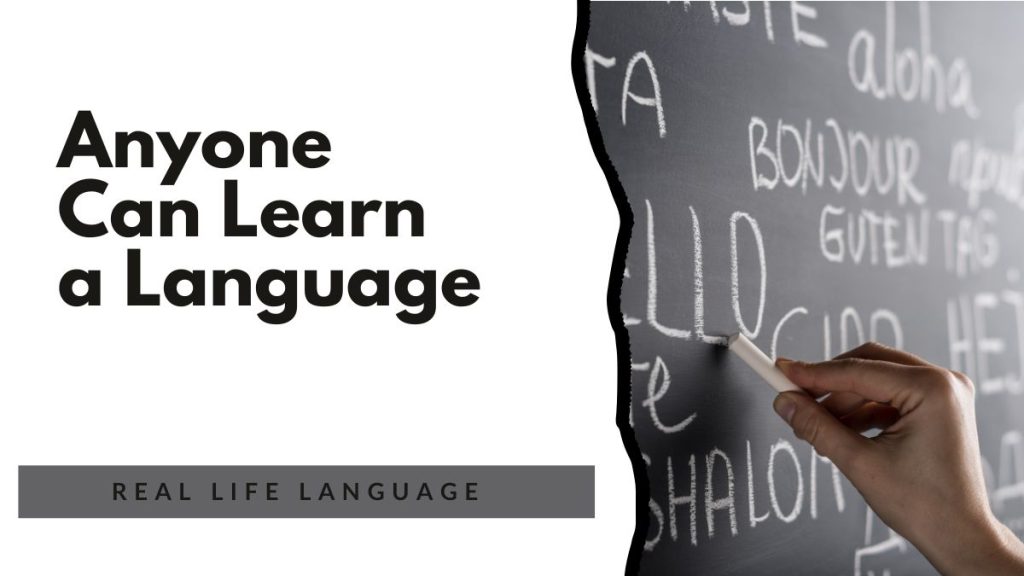
This post is a summary of the ideas I presented in the original video — a concise second language acquisition course: a crash course guide to the research. If you want practical ways to learn faster, read on. Below I walk through five core ideas, examples from real learners, and clear actions you can apply today.
The five pillars of language acquisition
About forty years ago, Stephen Krashen proposed five influential hypotheses that explain how people learn languages. I’ll summarise each and add practical tips drawn from modern polyglots and classroom practice.
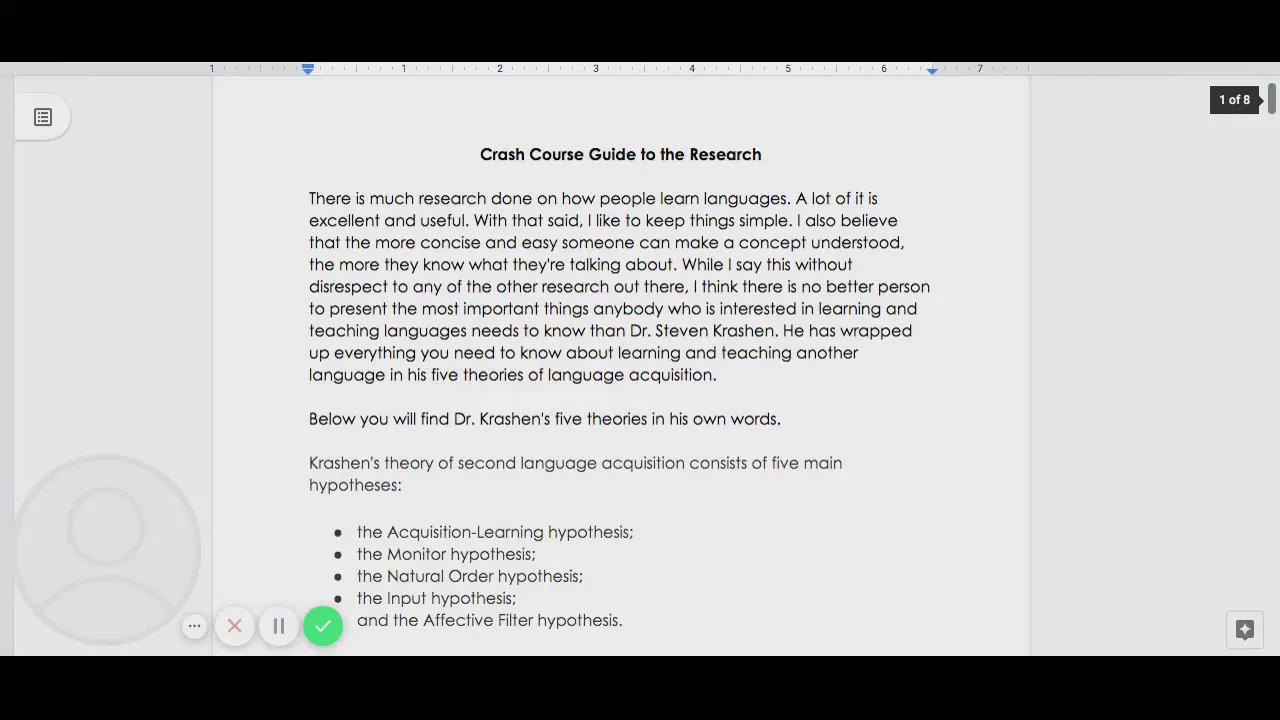
Acquisition vs learning
Acquisition is a natural, subconscious process (think childhood exposure). Learning is the deliberate study of rules and grammar. Both matter—memorise some useful phrases early, but prioritise meaningful input and interaction.
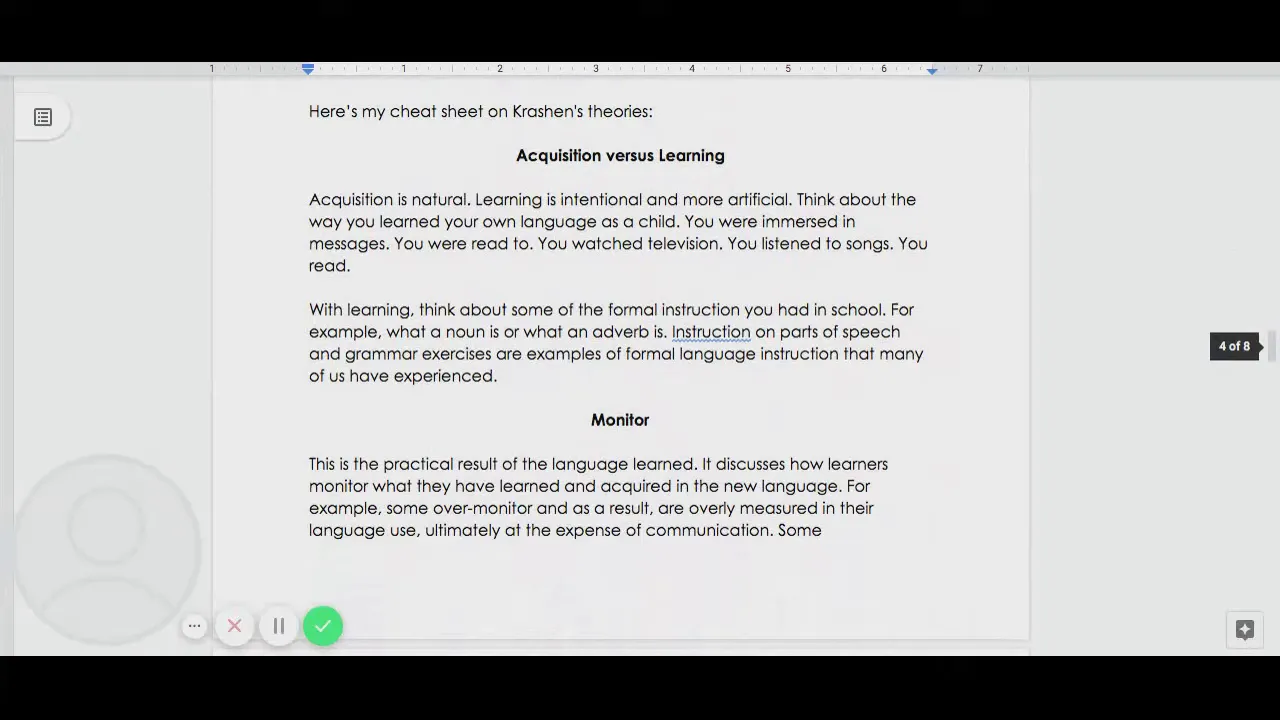
The Monitor Hypothesis
Monitoring is how we check our output. Some people over-monitor (hurting fluency); others under-monitor (sacrificing accuracy). Aim to communicate first, refine later — monitor just enough to improve without stopping conversation.
Natural Order
Grammar elements appear in predictable sequences across learners. You don’t need to force a strict syllabus—expose yourself to lots of examples and patterns will emerge naturally.
Input (i + 1)
Comprehensible input slightly above your level (i + 1) drives progress. Choose audio, texts or conversations that stretch you a little so you must think and solve meaning.
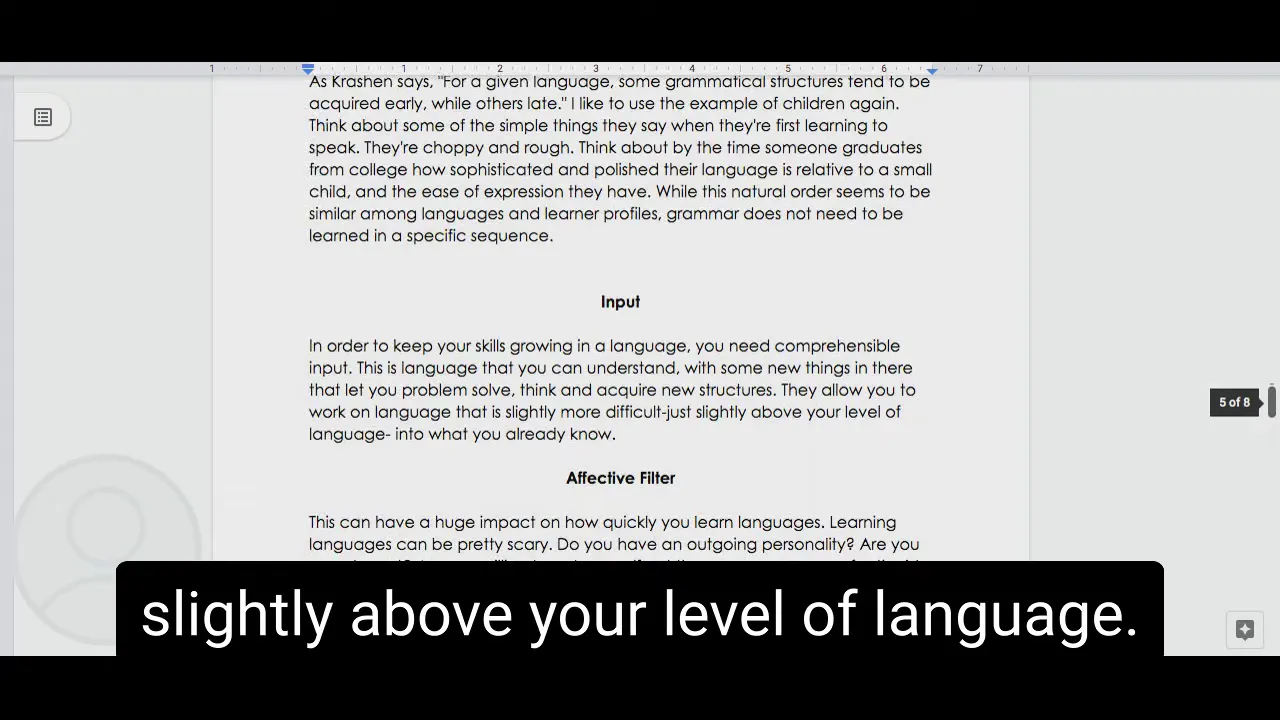
Affective Filter
Emotions matter. Anxiety blocks learning; confidence boosts it. Lower the filter by using safe spaces to speak, starting small, and accepting mistakes as part of progress.
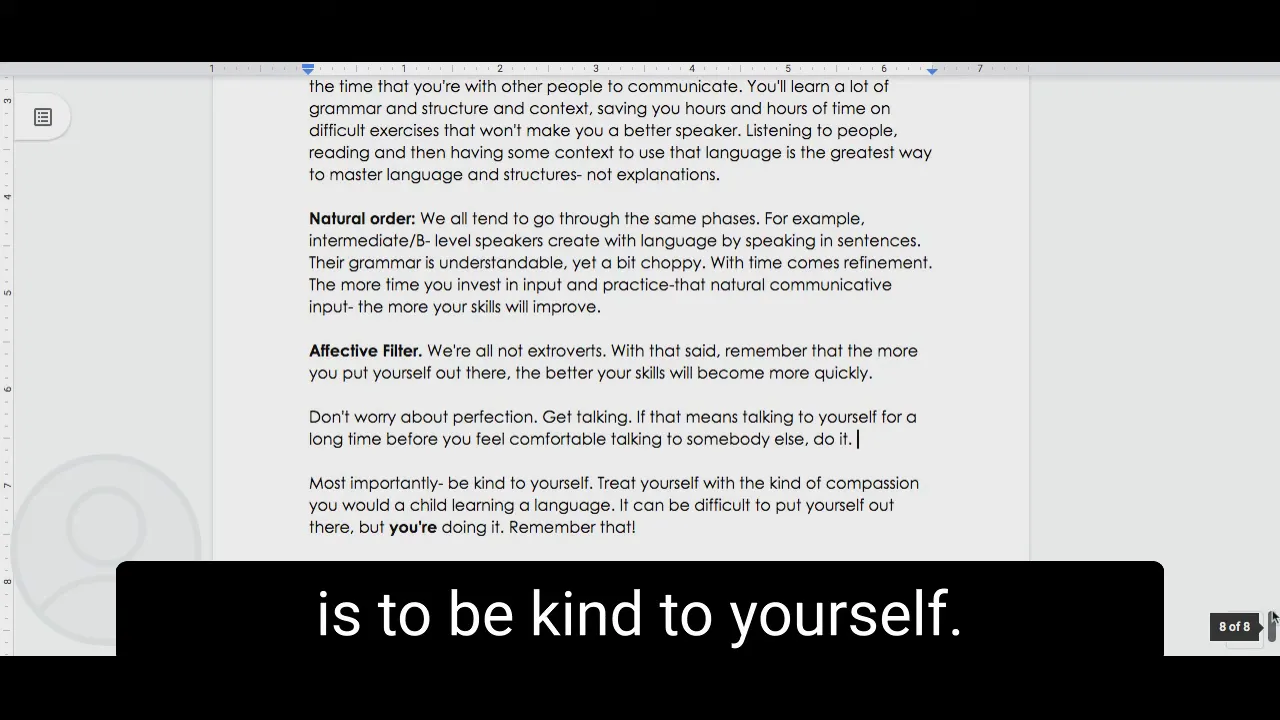
Practical routines that work
- Speak from day one — find conversation partners (italki is a great option).
- Record yourself and journal to track progress.
- Use audio courses (Pimsleur-style) and commute time for output practice.
- Mix three communication modes: interpretive, interpersonal and presentational.
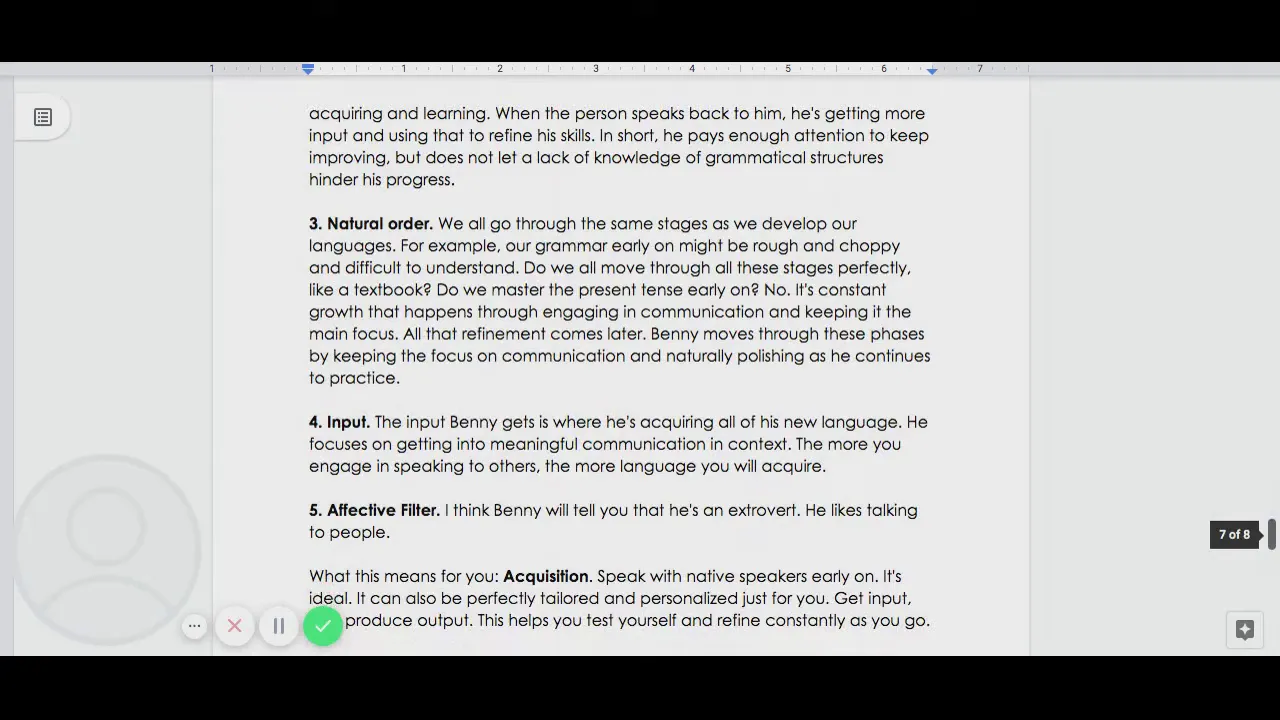
Final takeaway
Use this second language acquisition course: a crash course guide to the research as a framework — prioritise comprehensible input, meaningful communication, and a low affective filter. Be kind to yourself: practice, make mistakes, and refine over time. Start small today: say a few sentences aloud, record them, and schedule one short conversation this week.
5 Weeks of No and Low Prep Fun
Need quick, engaging activities for your class? This free guide includes 25 no-prep and low-prep ideas to save time while keeping students excited about learning.
Download your free copy now.
